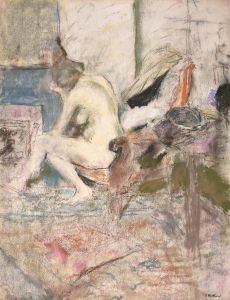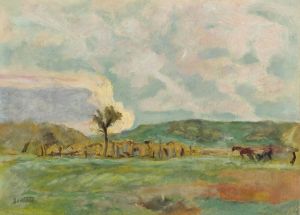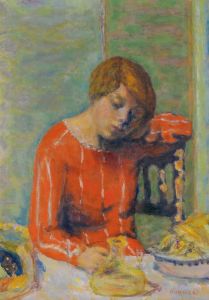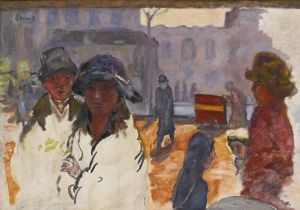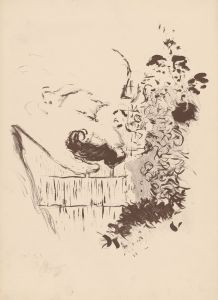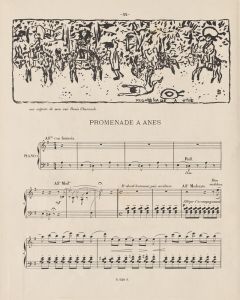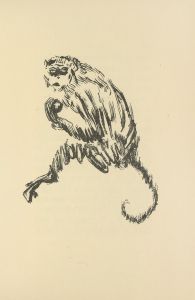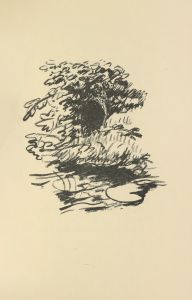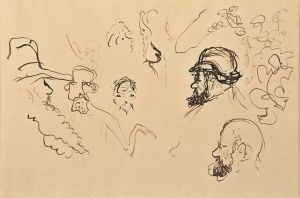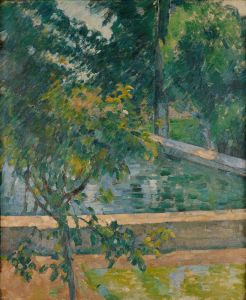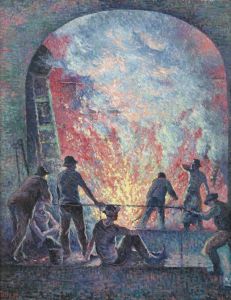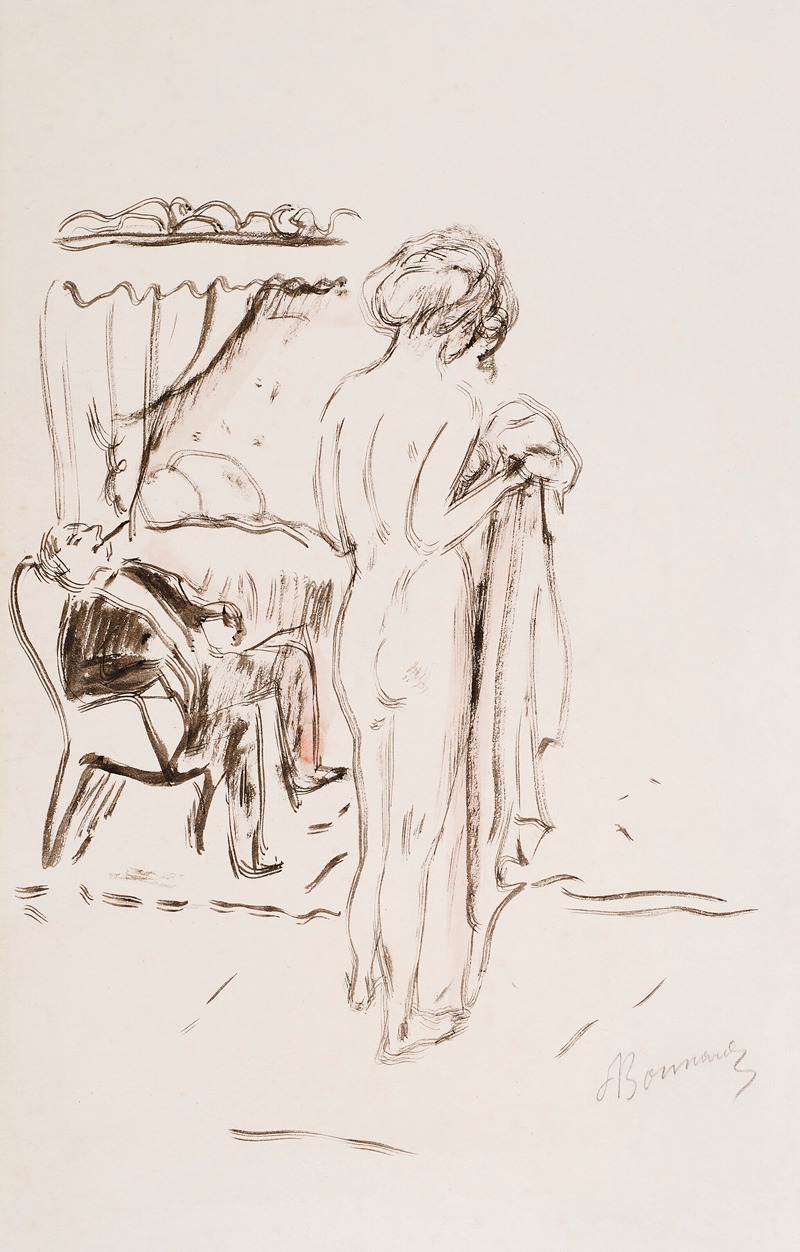
Nu debout
A hand-painted replica of Pierre Bonnard’s masterpiece Nu debout, meticulously crafted by professional artists to capture the true essence of the original. Each piece is created with museum-quality canvas and rare mineral pigments, carefully painted by experienced artists with delicate brushstrokes and rich, layered colors to perfectly recreate the texture of the original artwork. Unlike machine-printed reproductions, this hand-painted version brings the painting to life, infused with the artist’s emotions and skill in every stroke. Whether for personal collection or home decoration, it instantly elevates the artistic atmosphere of any space.
Pierre Bonnard's painting Nu debout (Standing Nude) is a work that reflects the artist's characteristic style, which is often associated with the Post-Impressionist and Nabi movements. Bonnard, a French painter and printmaker, is renowned for his use of vibrant color, intimate domestic scenes, and a focus on the human figure, particularly female nudes.
Nu debout is an example of Bonnard's exploration of the nude form, a recurring subject in his oeuvre. His approach to depicting the human body was not focused on anatomical precision but rather on capturing the interplay of light, color, and texture. The painting likely portrays a moment of quiet introspection, as many of Bonnard's works do, emphasizing mood and atmosphere over narrative or dramatic action.
Bonnard often used his partner and muse, Marthe de Méligny, as the model for his nudes. However, it is not definitively documented whether Marthe was the model for Nu debout. The artist frequently painted her in various poses and settings, often in intimate and private moments, such as bathing or standing in a domestic interior. His nudes are notable for their subtle sensuality and the way they blend into their surroundings, creating a harmonious balance between figure and environment.
The painting demonstrates Bonnard's mastery of color and light. He often employed a warm, luminous palette, using layers of paint to create depth and richness. His technique involved working from memory and sketches rather than painting directly from life, which allowed him to focus on the emotional resonance of the scene rather than its exact physical details.
The exact date of Nu debout is not specified in available records, but it is consistent with Bonnard's mature style, which developed in the early 20th century. During this period, he moved away from the flat, decorative qualities of his earlier Nabi works and embraced a more nuanced and painterly approach.
As with many of Bonnard's works, Nu debout invites the viewer to engage with the painting on a sensory level, appreciating the interplay of form, color, and light. It exemplifies his ability to transform everyday moments into timeless and evocative works of art.
Further details about the painting, such as its current location or provenance, are not widely documented in public sources.





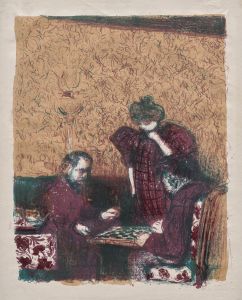
![Nature morte au bougeoir [The Candlestick]](/imgs/216620/s/edouard-vuillard-nature-morte-au-bougeoir-the-candlestick-5fbea233.jpg)
